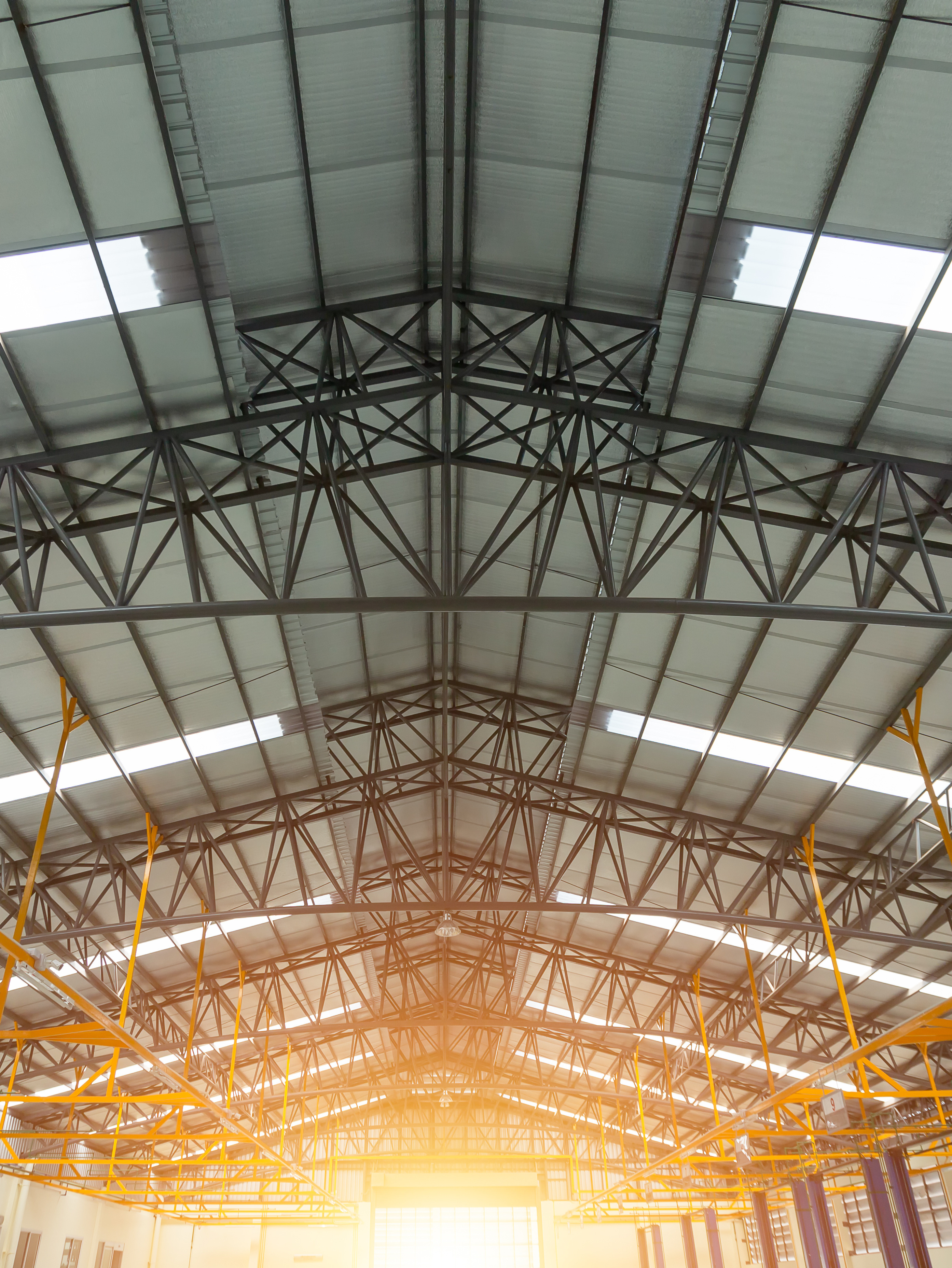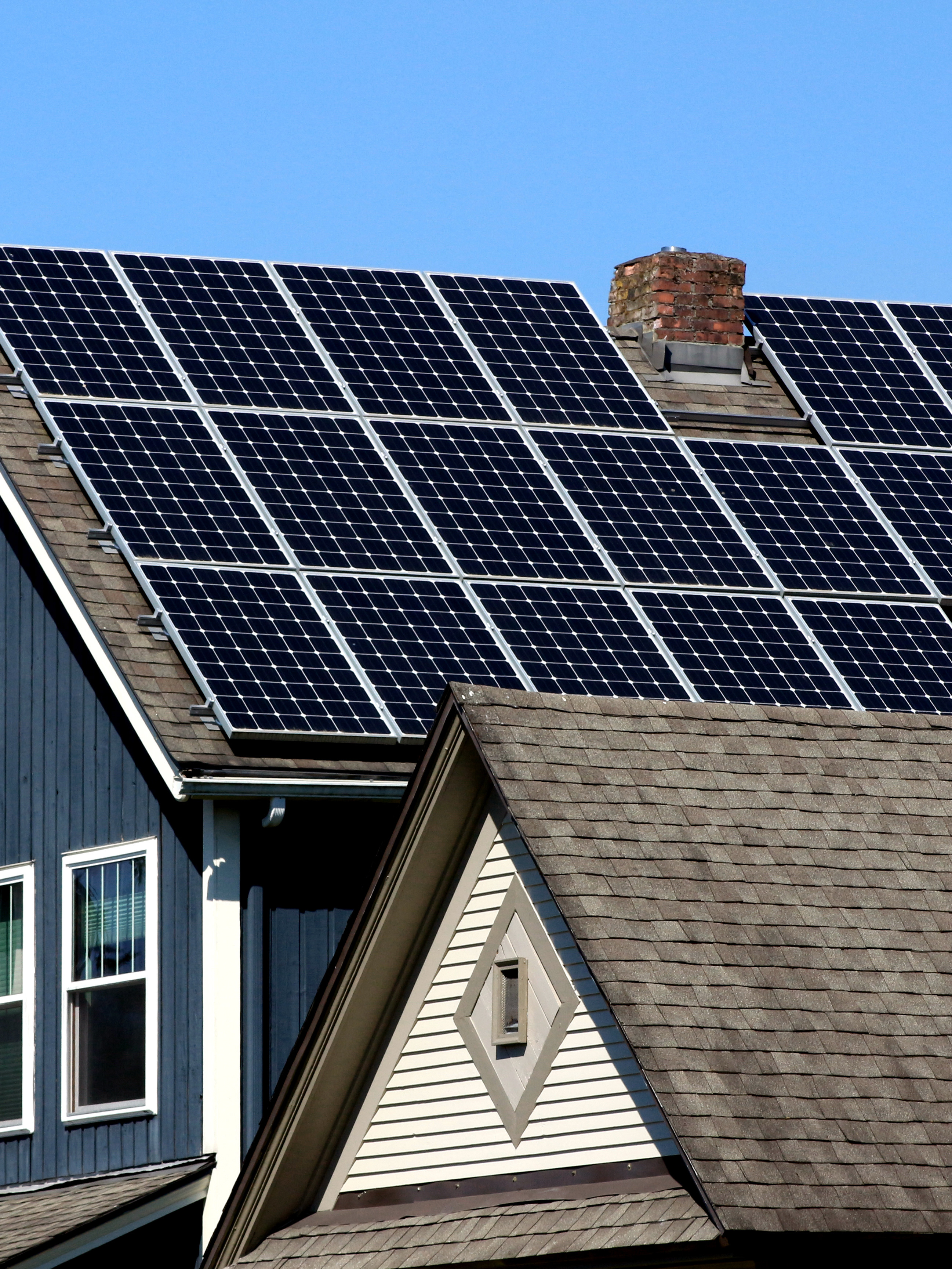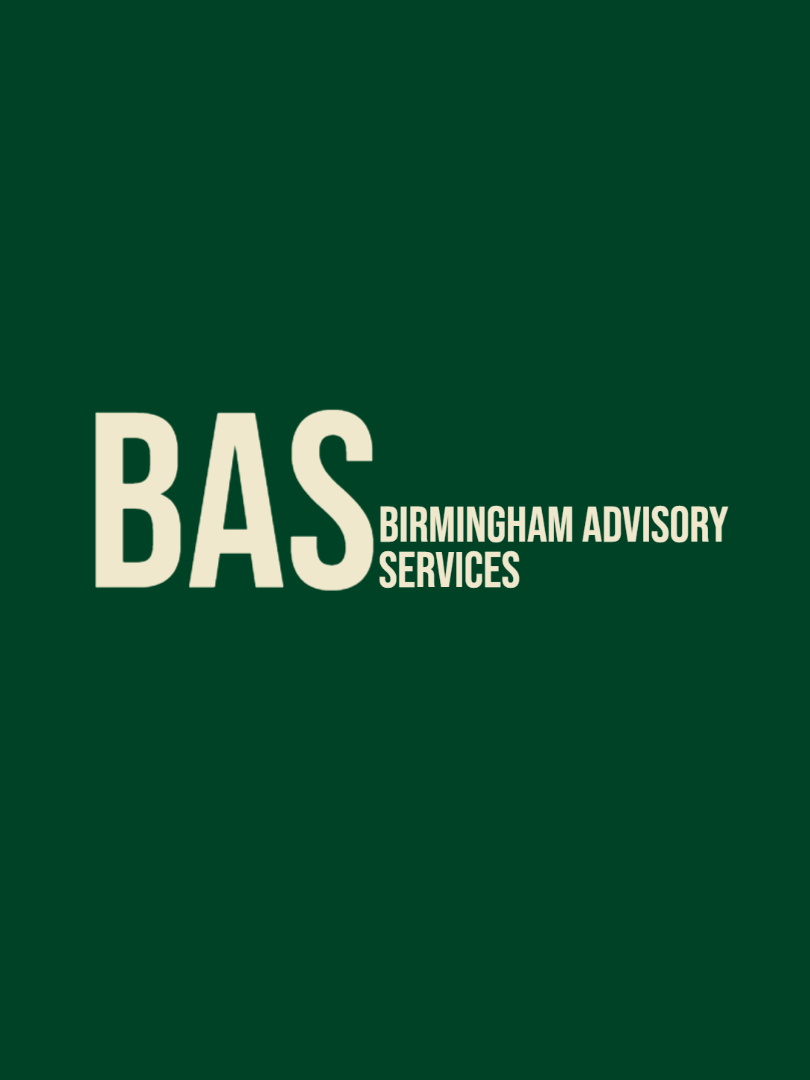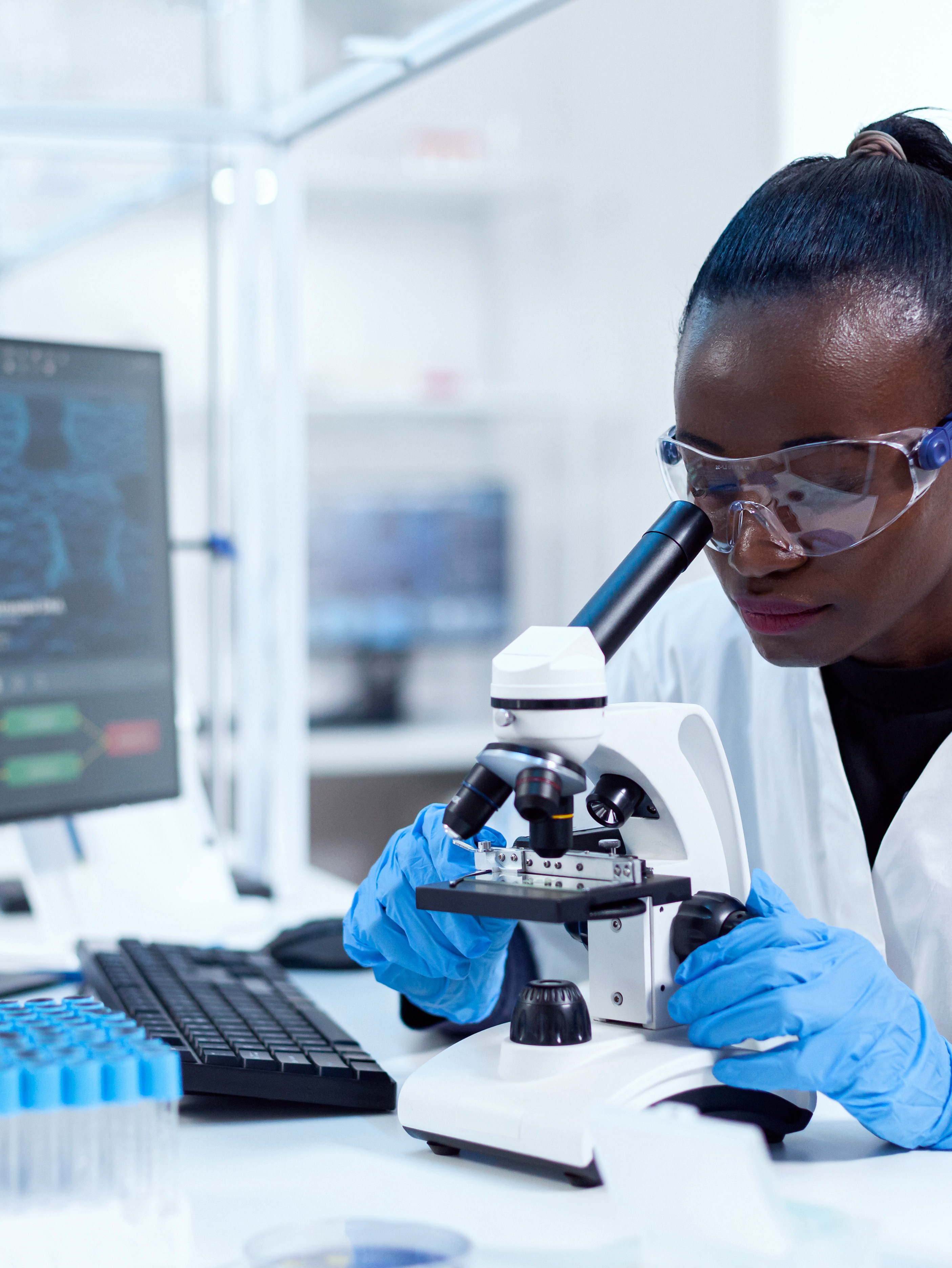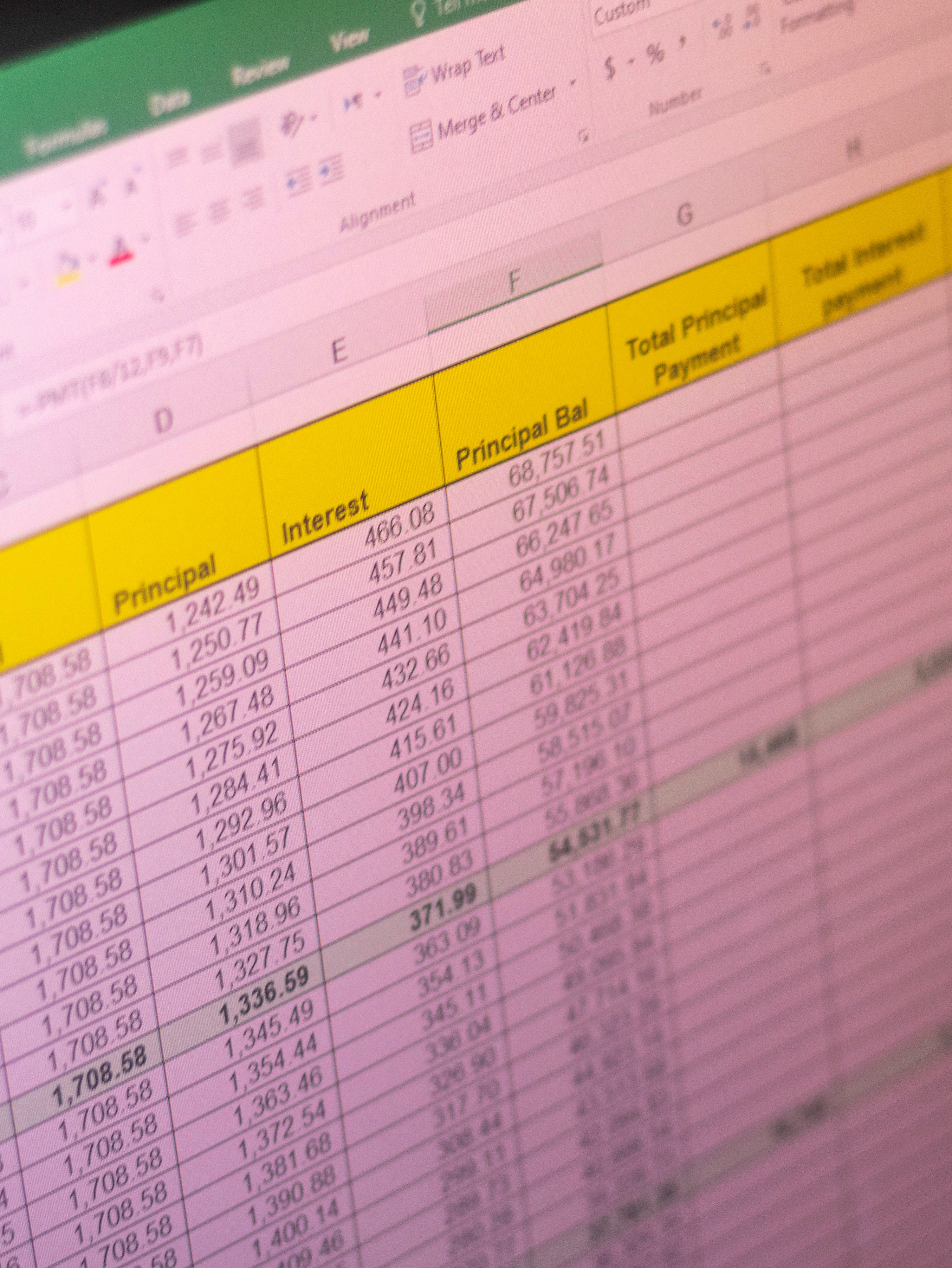Welcome to a new era of tax incentives for energy-efficient commercial buildings! The Section 179D Tax Credit has been a beacon of opportunity since its inception on January 1, 2006. Thanks to the Consolidated Appropriations Act of 2021 (P.L. 116-260), this incentive became a permanent fixture in December 2020.
But that's not all – we're thrilled to introduce you to the enhanced and revamped Section 179D, signed into law on August 16, 2022, as part of the Inflation Reduction Act of 2022 (P.L. 117-169).
Increased deduction amounts of up to $5.36/sq. ft. come into effect for tax years beginning after 12/31/2022.
Immediate Deductions: For tax years beginning after December 31, 2022, and for qualifying property placed in service after that date, businesses can now enjoy immediate deductions of up to $5.36 per square foot! This incentive aims to kickstart the construction of energy-efficient commercial and multifamily buildings, especially those at least four stories tall.
Expanded Opportunities: It's not just about new construction. The revamped Section 179D opens up possibilities for energy-efficient retrofits of older buildings to qualify for the deduction, with streamlined requirements. Tax-exempt organizations are not left out – they now have added incentives to enhance the energy efficiency of their facilities.
Who is Eligible?
What is Energy Efficient Building Property?
Under prior law, taxpayers that owned commercial buildings could be entitled to a deduction under Sec. 179D. Taxpayers that design buildings owned by governmental entities could also benefit because those governmental entities were able to allocate the Sec. 179D deduction to the person “primarily responsible” for the design. Thus, architects and engineering firms could benefit from this provision. Taxpayers that were both the designer and the builder of commercial building property were also eligible for the deduction. Sec. 179D(d)(3) significantly expands the list of organizations that may allocate their Sec. 179D deduction.
The new list includes:
Governmental entities;
Tax-exempt organizations; and
Indian tribal governments and Alaska Native corporations.
Sec. 179(d)(3) allows tax-exempt organizations to negotiate the allocation of the deduction to the designer of the property, which may result in a sizable amount of savings in the development of new projects. Groups with a substantial amount of real estate, such as universities, hospitals, and religious organizations, may find this opportunity particularly beneficial.
Further, Sec. 312(k)(3)(B) was amended to make it easier for real estate investment trusts (REITs) and their shareholders to benefit from the Sec. 179D deduction. Under new Sec. 312(k) (3)(B)(ii), REITs are allowed to reduce earnings and profits (E&P) by the Sec. 179D deduction amount in the year the energy-efficient components are placed in service (or the year of final certification for retrofit property). In contrast, under prior law, the Sec. 179D deduction reduced REIT E&P ratably over a period of five tax years.
Understanding the eligibility criteria for the Sec. 179D Tax Credit is pivotal for maximizing your benefits. According to Sec. 179D(c)(1), energy-efficient property must be installed on specific building types, primarily focusing on commercial and multifamily buildings of at least four stories. The eligibility extends to a variety of properties such as schools, churches, hospitals, and others falling under the scope of Standard 90.1, as defined by the American Society of Heating, Refrigerating, and Air Conditioning Engineers (ASHRAE) and the Illuminating Engineering Society of North America.
It's important to note that these eligible buildings must be located within the United States. The energy-efficient property must be installed as part of one of the following:
Interior lighting systems (exterior lighting is not eligible)
Heating, cooling, ventilation (HVAC), and hot water systems
Building envelope components, including windows and roofing
While these provisions align with existing laws, there is a need for additional guidance to address potential nuances. For instance, clarity is required on whether solar systems powering both interior lighting and other building functions would qualify for the Sec. 179D Tax Credit.
Our team is committed to providing the insights you need to navigate these eligibility criteria effectively. We'll help you stay informed and ensure that your projects align seamlessly with the Sec. 179D guidelines, maximizing your tax benefits.
Explore the potential of the Sec. 179D Tax Credit for your energy-efficient property and take advantage of the savings it offers.
Navigating the Benefits
While the benefits are substantial, it's essential to navigate the added complexity under the new rules. Specific prevailing wage and apprenticeship standards must be met to unlock the maximum deduction. Our team is here to guide you through these nuances, ensuring you make the most of this golden opportunity.
Ready to Transform Your Savings?
If you're ready to supercharge your tax savings and embark on a journey toward a more energy-efficient future, explore the enhanced Section 179D Tax Credit with us. Schedule a consultation today to uncover how these changes could mean substantial savings for your business.
Welcome to a future of enhanced savings and sustainable practices with Section 179D!

